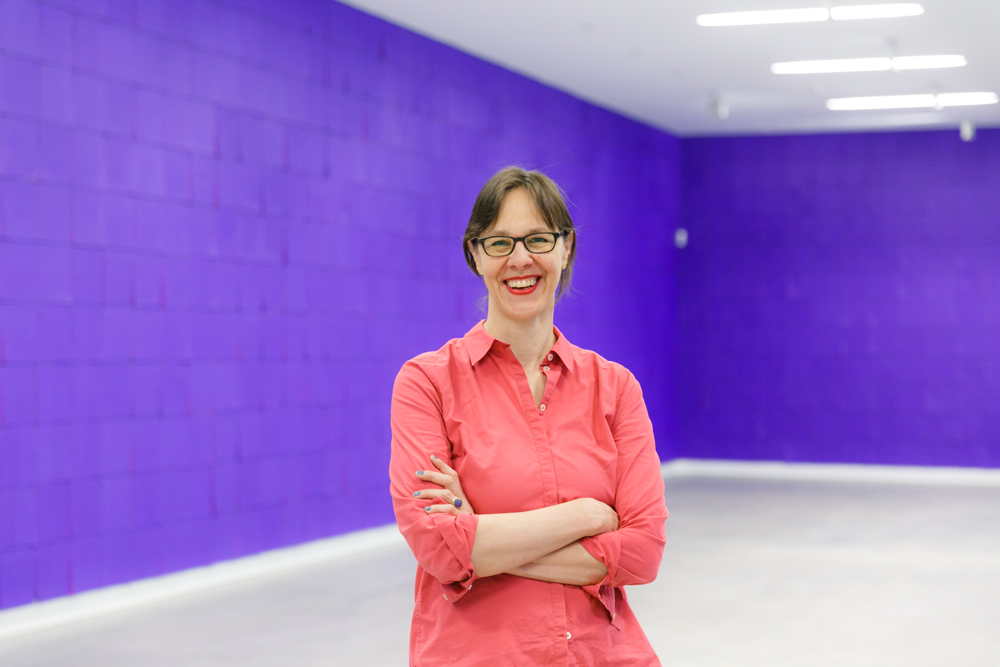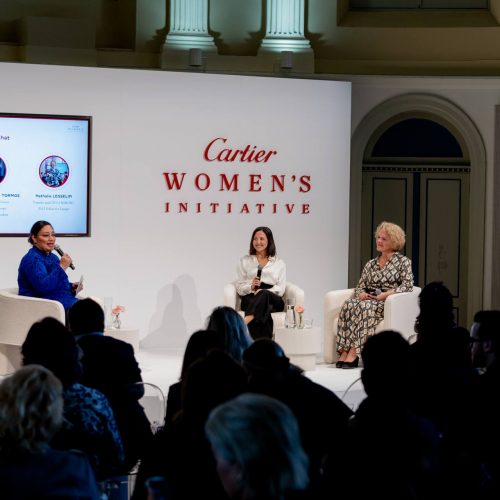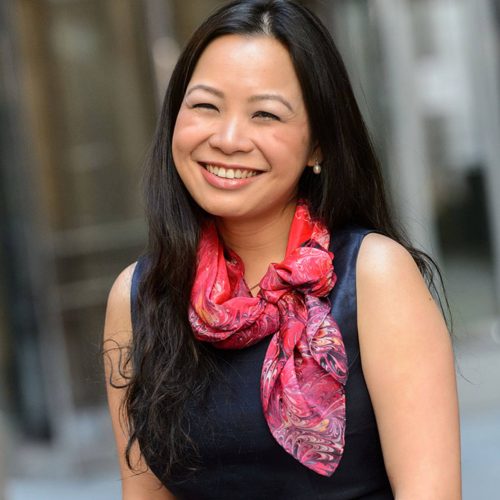Projecting A Distinctive Expression | Interview with Katharina Hinsberg
Taking her characteristic lines as a starting point, everything about the artist Katharina Hinsberg is distinctive. We asked her how she perceives art, creates it, and envisions all in beyond.
To receive the Luxiders Newsletter, sign up here.
There is never a certain explanation when answering the question “How does the art appear?” – but sometimes, it can be explained with another question. For the Düsseldorf-based artist Katharina Hinsberg, it seemingly was “How does a line arise exactly?”. Taking the established semblances of a line, Hinsberg built a contemporary interpretation of her own in arts and created path-breaking artworks. She adopted the hinge points of construction and deconstruction, evaluated the situatedness of the forms, and recently won a Paper Positions Award by presenting her innovative vision through pieces. Luxiders had a conversation with Hinsberg on how is the creation process for the artist, where she places sustainability in her art, how current affairs leave a mark on the artist community. For more, here is an intriguing interview.
(L) Luxiders
(KH) Katharina Hinsberg
L: Firstly, congratulations on winning the Paper Positions Award! As an award-winning artist, who also teaches art, how did your story start? Do you remember any pushing factors in your childhood that led you to be an artist?
KH: I grew up in an environment that gave me many opportunities and freedom. Both my parents studied art to become teachers; making things ourselves, inventing, building, and improvising played a big role in my life. I believe that this is how concepts and approaches to the 'world' are created in which [a person] can and wants to shape something, regardless of whether it is art or something else. That is why the subjects of art and music are so incredibly important in schools today: They give room to invention and creation.
L: How important is the use of paper as a primary material in your art? Does the sustainable value of this element play a role in your choice?
KH: Paper is an accessible, lightweight, sustainable material with incredibly diverse applications. For me, a sheet of paper is a membrane that can be placed between me and - simply put - 'something else'. With a white paper surface in front of me, a gap, a pause, a projection surface, a new space of possibility is created. A before and a behind emerge. In my work, I am interested in how holes and cuts in the paper create permeability.
L: You transform some philosophical elements, like asking the starting and the ending point of a line, and harmonize them into your art. Are these philosophical details a predetermined subtext of your art pieces, or do they evolve all naturally?
KH: In all things that we do with a certain devotion, concentration, and care; spaces of thought arise. They connect and expand with everything else we perceive, read, or do.
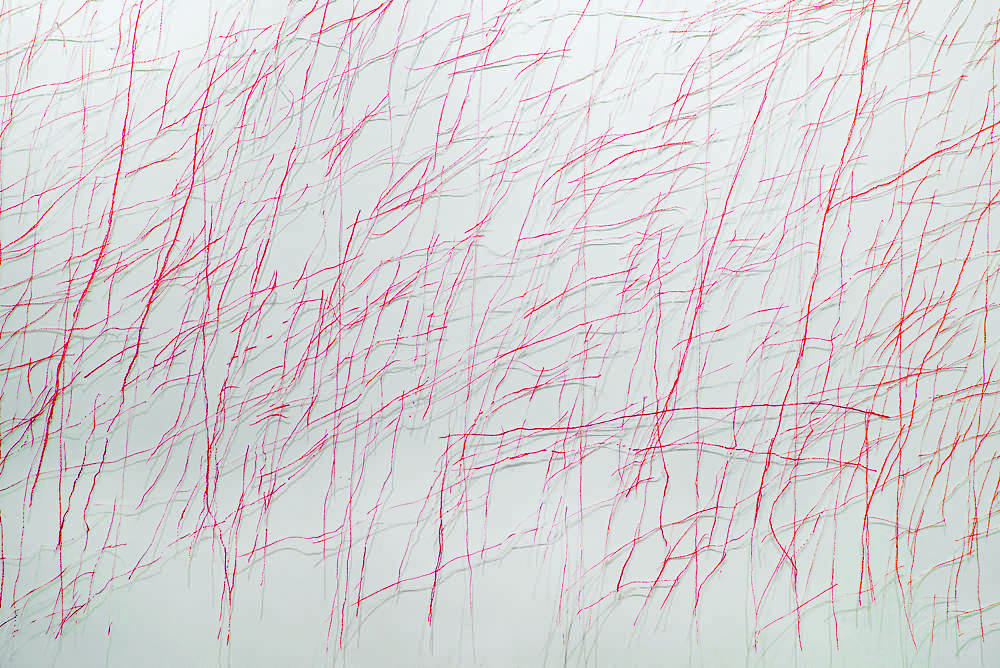
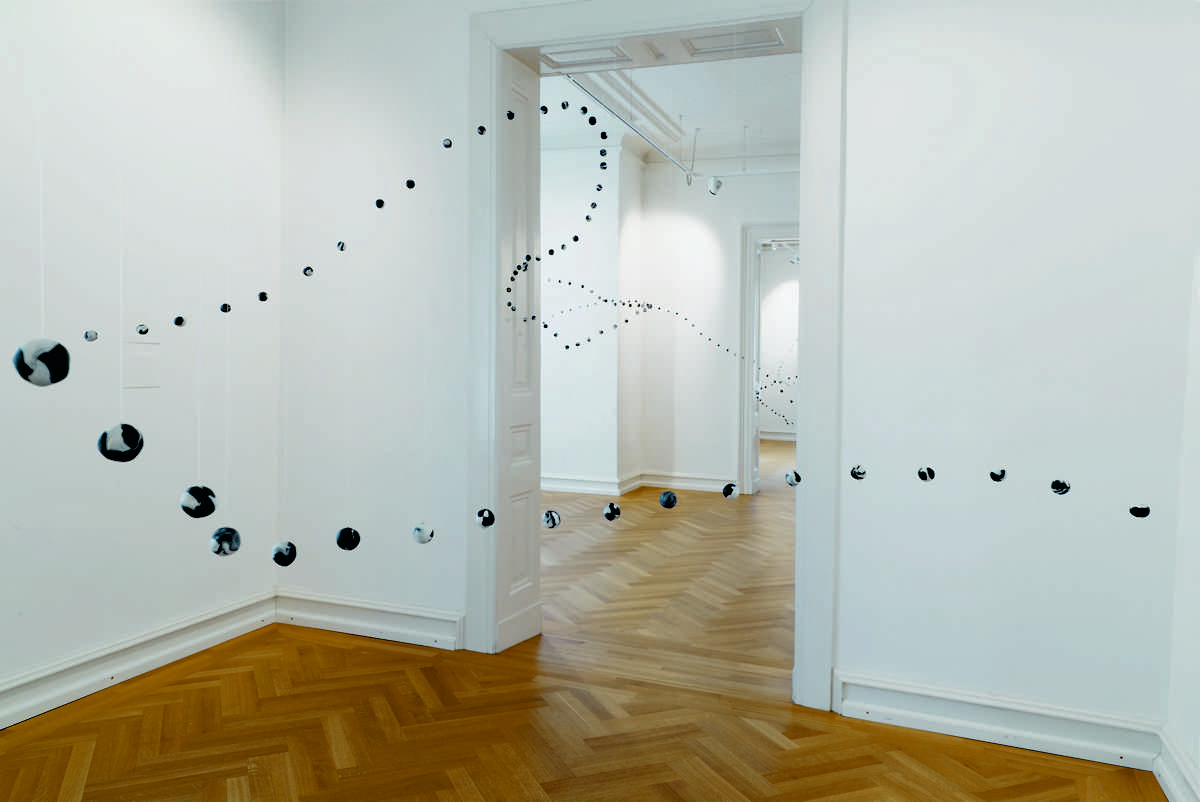
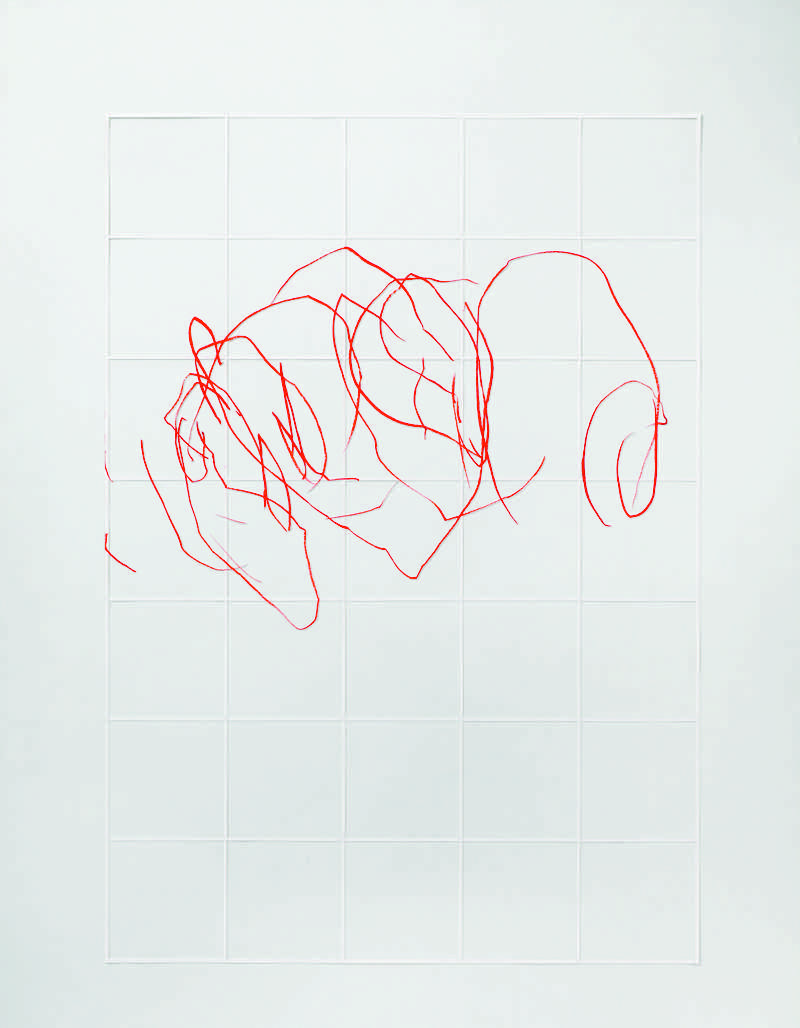
L: Lines, silhouettes, construction and deconstruction… But especially lines. It is easy to identify your art through all these characteristic details. How did you start building such a unique style, and did you have any role models during the development of it?
KH: The things with which we deal intensively condense over time, like a language that is collectively formed over centuries. And yet experiences in each of us come up as a very individual distinctive expression. In my work, I fall back on many traditional techniques. There are certainly models that have been important to me, but not in the sense of a style, or a particular manifestation; but through what I can read in them, which can sometimes be disturbing, overwhelming, or delightful.
L: What is the message of your art?
KH: A message is created between the viewer and the work itself, and I'm no longer involved in it. Works of art lead their own lives, they hang on the walls of the most diverse people, who associate their own stories with them. A friend told me that he saw a work of mine through an open window in Paris. It was just hanging there on the wall. This is a beautiful story and I immediately have an idea of the image without knowing which one it is. The message here is created by the messenger.
L: As a visual artist, do you think the age of social media results in an impact on your reputation? If yes, can you tell if it is negative or positive? What are the challenges and benefits of the digital age for an artist?
KH: Above all, social media is an enormous time-eater. The attention that we seek and receive and the attention we give others are simultaneously there - but then, it is missing in actuality. I think our values are possibly shifting here; it's no longer about making, seeing, and physically perceiving - but about appearing. This will increasingly influence the production and reception of art. Like almost everyone, I am a tiny part of the process.
L: Do you seek any social impact to radiate through your art? Can you explain it a little?
KH: Art is always a kind of communication. However, social effectiveness would be more: A concatenation of events that I can influence (indirectly) but not directly. My work, meanwhile, is more of an interpretation. To me, omission seems to have an increasingly important efficacy. Gaps and breaks in habits arise, and it is exciting to see what leeway and perspectives emerge when we don't do some things (anymore) or do them less.
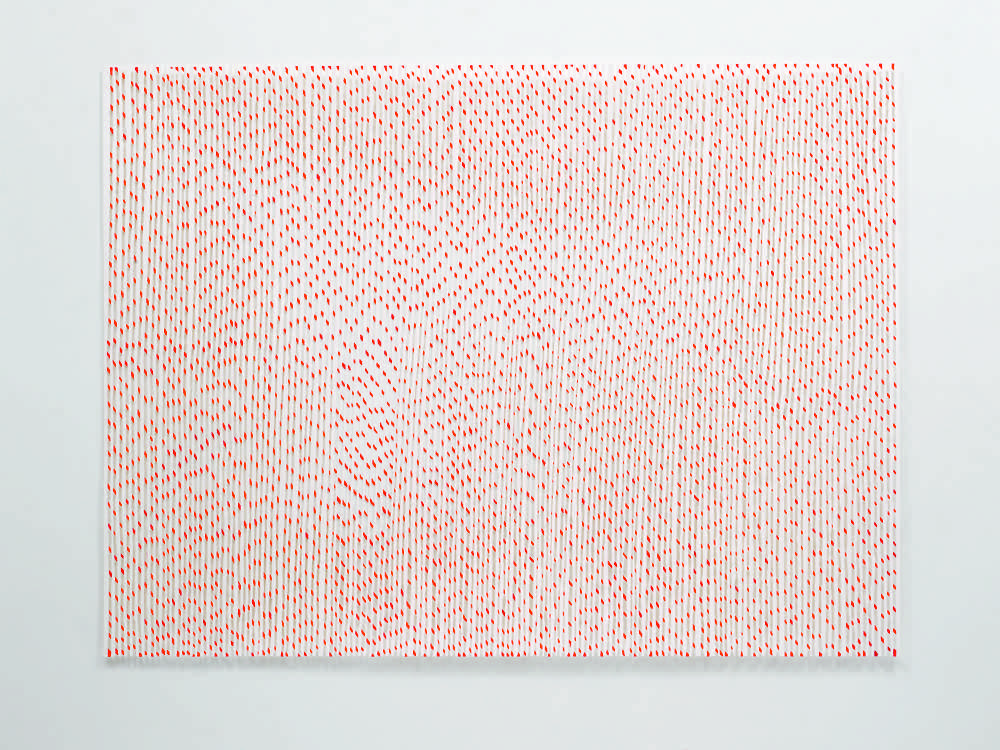
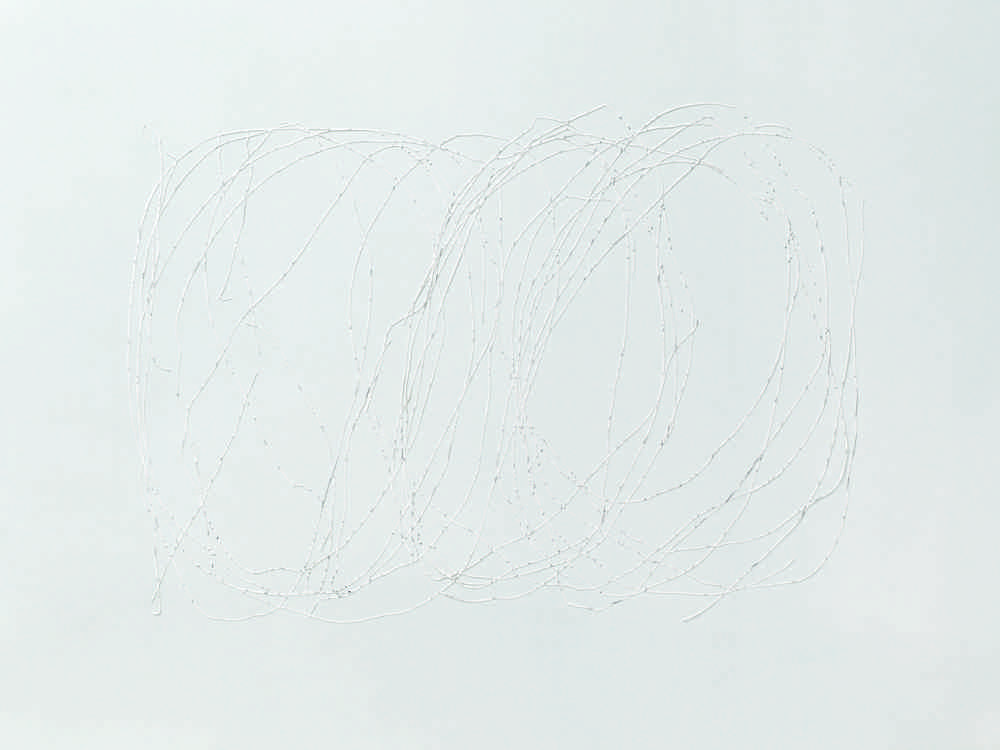
L: I wonder about the process of making art for Katharina Hinsberg. Usually, inspiration is a concept that is stereotypically matched with art. Do you need to be motivated by inspiration to create or do you have an alternative creation process? If it is inspiration that motivates you, can you tell what usually inspires you?
KH: My works are created quite slowly. I have to take the time I need for that. When I'm working, I can't do anything else. That is a nice concentrated period. And even while I'm answering your questions, I can't do anything else during that time. Nevertheless, I look out of the window half the time and see little mosquitoes dancing in the sun.
L: How is it to be a woman in art? What are the gender-related experiences that you acknowledge?
KH: My experiences as a female artist, especially as a female art student, were often really bad. Dependencies and thus the feeling of not being able to do anything about them paralyzed me at times. Conditions are slowly changing; there are now many more successful female artists, but still too few female professors at art colleges.
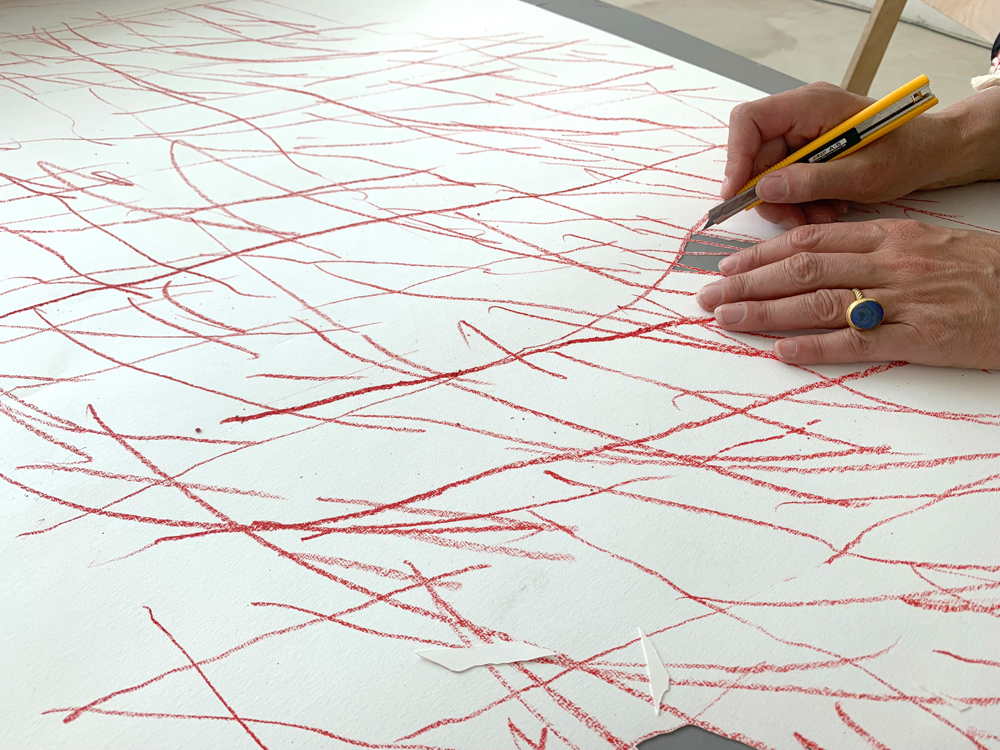
L: What would be your recommendations for artists who recently began to make art?
KH: In addition to intensity; I advise traveling, openness, and strategies of self-empowerment: To look for or create frameworks in which you would like to be active, to join forces, and to approach people who could help you. In addition, it is helpful to acquire as much knowledge and skills as possible, which helps to make ends meet and become self-employed.
L: Do you have any upcoming art projects soon, and if yes, can you tell us a little about that?
KH: Among other projects, I am currently preparing a joint exhibition with Monika Grzymala at the Mannheim Kunsthalle. It is interesting for both of us to further develop our own approaches in relation to new spaces, even more exciting to do this now with mutual reference.

